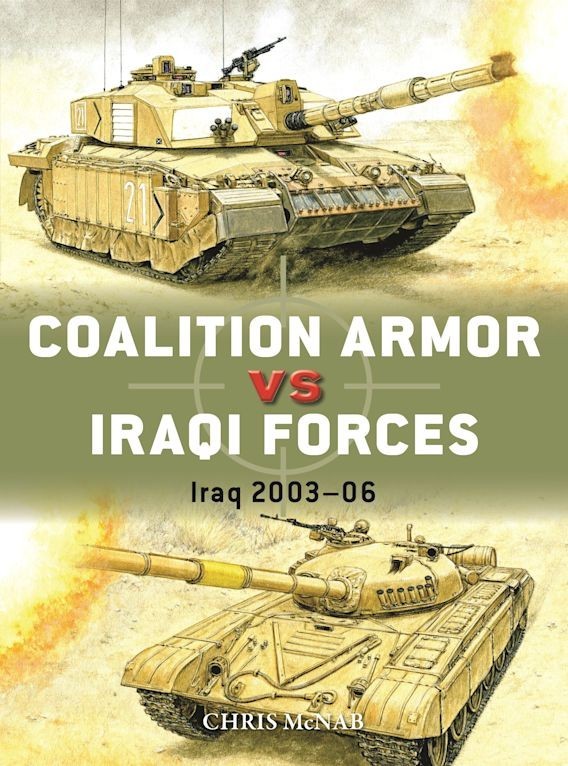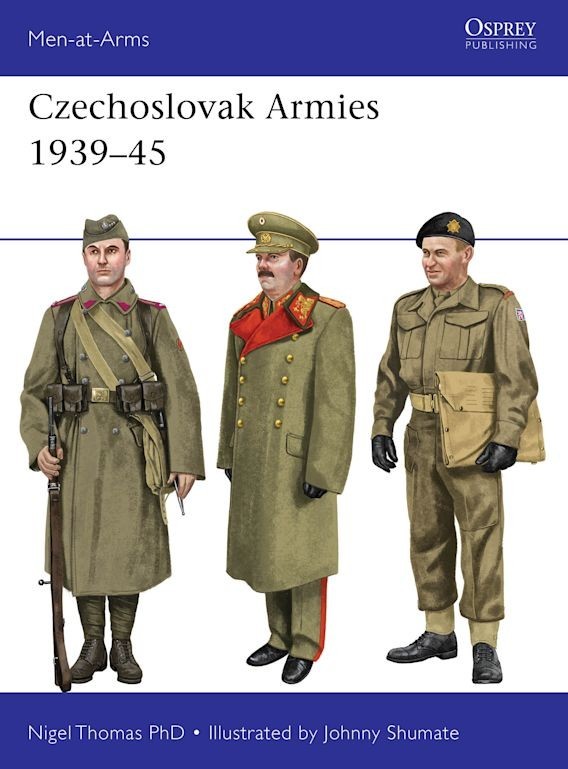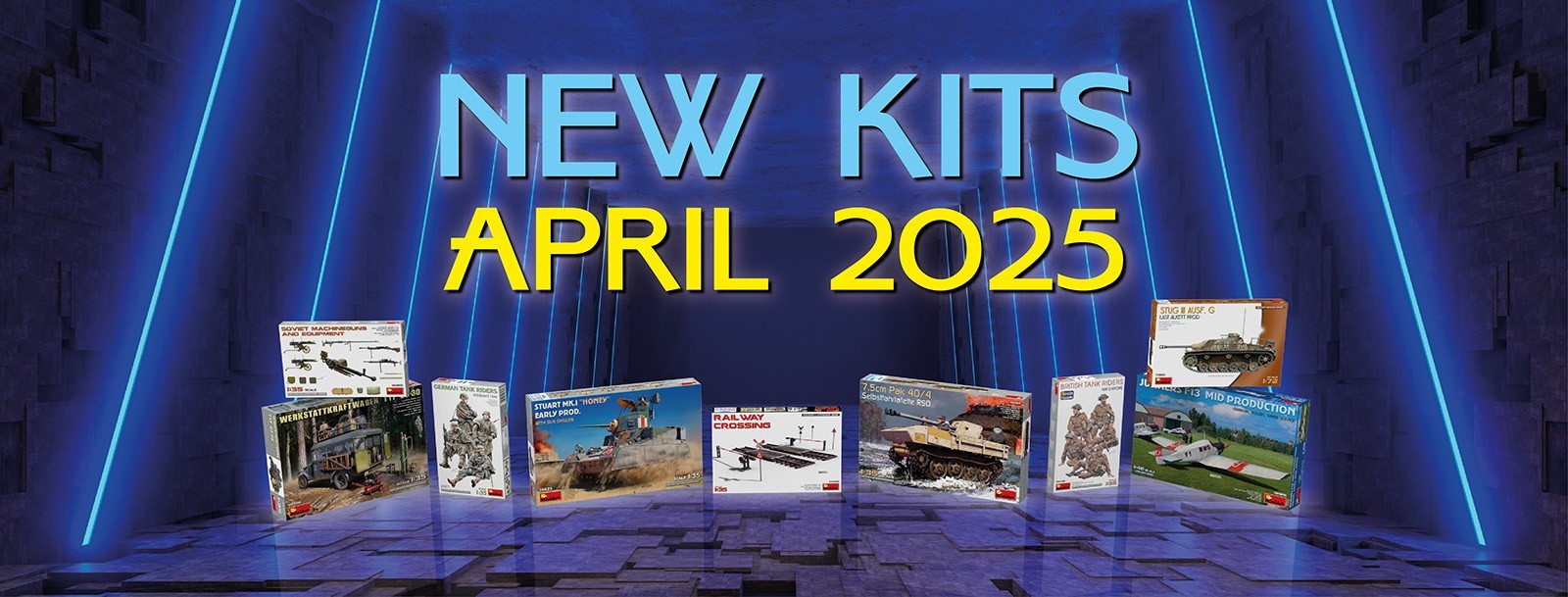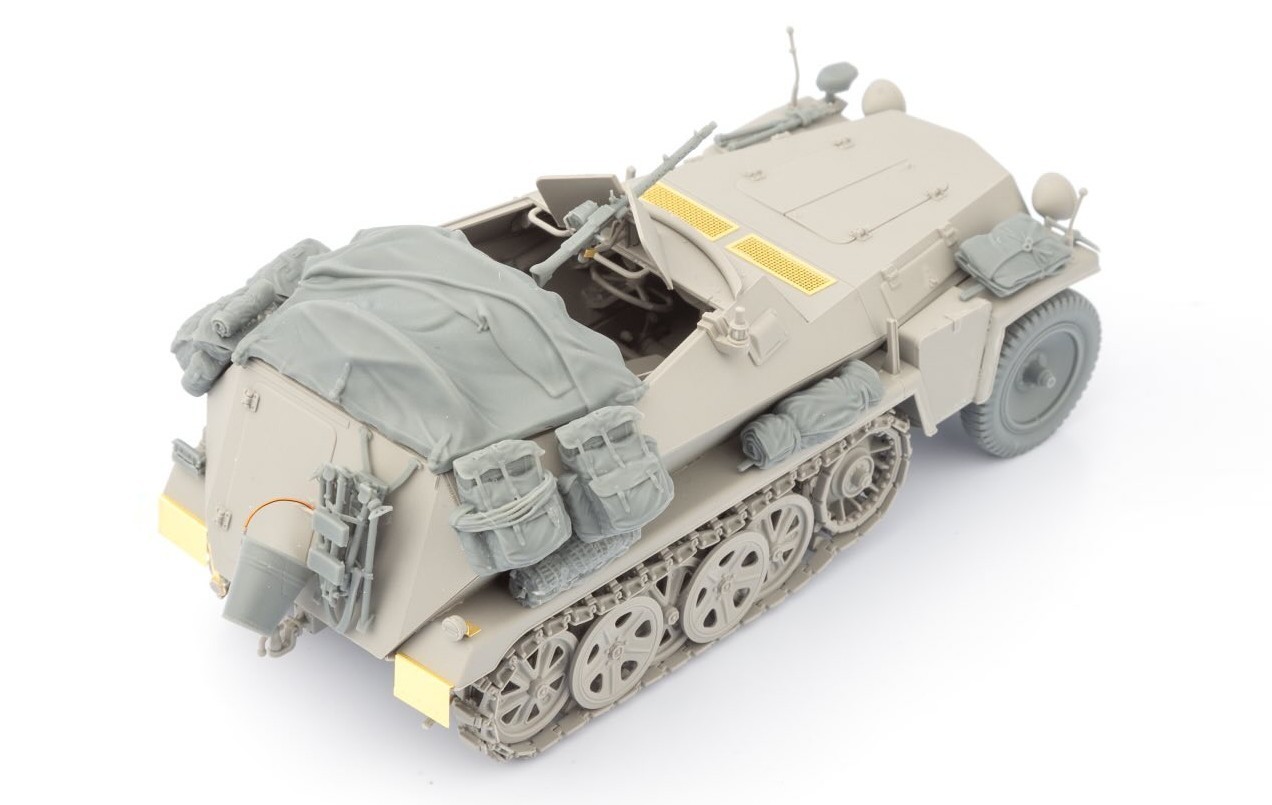
An illustrated study of how coalition armor in Iraq in 2003–06 handled a unique multi-threat environment, from enemy armor to IEDs.
On 20 March 2003, Coalition forces launched the invasion of Iraq on a massive scale. Their armored fighting vehicles (AFVs) faced an uncertain level of resistance, and soon had to overcome a wide range of enemy threats. These included tank vs tank clashes during the first days of the invasion (most famously at Basra and Mahmoudiyah), and subsequently the dangers posed by enemy rocket-propelled grenades, cannon fire, antitank guided missiles, and improvised explosive devices.
This vital new study covers both the opening clashes between opposing AVFs and the tactics developed by Iraqi insurgents seeking to neutralize Coalition superiority. Featuring full color photos, battle scenes, weaponry, and tactical illustrations, it draws upon first-hand accounts and official post-battle analyses to examine how Coalition forces responded to the change in the nature of the threats. Among the topics addressed are the coordination between Coalition infantry and air power; how dealing with roadside bombs in Iraq resulted in changes to equipment, tactics, and force structure; and the lessons learned for future warfare.
Table of Contents
- Introduction
- Chronology
- Design and Development
- Technical Specifications
- The Combatants
- The Strategic Situation
- Combat
- Statistics and Analysis
- Aftermath
- Bibliography
- Index

Written by a leading expert on modern Russia, this is an illustrated introduction to the bitter campaigns in Chechnya.
In this new edition of his popular 2014 work, Mark Galeotti traces the progress of the wars in Chechnya, from the initial Russian advance through to urban battles such as Grozny, and the prolonged guerrilla warfare in the mountainous regions. Bringing the book up to date, including a revised introduction and new content on the Kadyrovtsy's role in Russia's other conflicts, Galeotti assesses how the wars have torn apart the fabric of Chechen society and their impact on Russia itself.
Featuring full-colour maps and 50 new images, and drawing upon a wide range of sources, this succinct account explains the origins, history and consequences of Russia's wars in Chechnya, shedding new light on the history – and prospects – of the troubled region.
Table of Contents
- Introduction
- Background to War
- Warring Sides
- Outbreak
- The Fighting
- The World Around War
- How the War Ended
- Conclusion and Consequences
- Chronology
- Further Reading
- Index

Featuring rare photos, detailed colour illustrations and insignia tables, this study explores the contribution made by Czech and Slovak troops fighting alongside Allied forces during World War II.
Following the Anglo-French failure at the Munich Conference in March 1938 to prevent a Nazi take-over of Bohemia-Moravia (modern Czech Republic/Czechia), many frustrated Czech and Slovak soldiers sided with Allied forces and fought alongside their armies – first in Poland, then in France, and finally from Britain.
Using depictions of relevant uniforms and equipment plus photos of the troops in action, military uniformology expert Nigel Thomas explains how the Czech Army was organized and how it fought alongside Allied forces in the Middle East and at Normandy. He describes the involvement of free Czech agents operating from Britain in Operation Anthropoid, the assassination of Nazi governor Reinhard Heydrich in occupied Bohemia-Moravia, and the part Czech soldiers played in mutinies in both Italy and Prague against German occupation which ultimately helped to secure a final Allied victory.




























